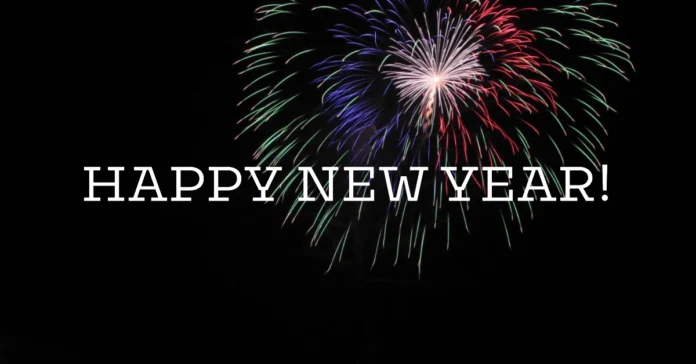New Year’s Eve is celebrated annually on December 31 and marks the last day of the Gregorian calendar, which is used by most of the world. The origins of New Year’s Eve celebrations can be traced back to ancient Babylon, where the beginning of a new year was celebrated with religious ceremonies and festivities.
Over time, different civilizations adopted their own New Year’s traditions, often coinciding with agricultural or astronomical events.
The modern celebration of New Year’s Eve began when the Gregorian calendar was introduced by Pope Gregory XIII in 1582. The Gregorian calendar replaced the Julian calendar, which had been in use since 45 BCE.
The new calendar aimed to bring the date of the spring equinox closer to March 21 and to correct inaccuracies in the calculation of the length of the year. As a result, the beginning of the new year shifted to January 1, and New Year’s Eve became the night before the new year.
Description:
New Year’s Eve is a time for reflection, celebration, and anticipation of the year ahead. The festivities vary widely around the world, but some common themes and traditions include:
1. Fireworks and light displays: Many cities and towns host spectacular firework shows or light displays to mark the transition from the old year to the new. These displays often take place at midnight and are attended by large crowds.
2. Parties and gatherings: Friends and families come together to celebrate the end of the year and the beginning of the new one. Parties often feature music, dancing, food, and drink, and may continue into the early hours of the morning.
3. Countdowns: In many countries, it is a tradition to count down the final seconds of the old year and welcome the new year with cheers and celebrations. This countdown often takes place in public squares or other central locations, with people gathered to watch the clock strike midnight.
4. New Year’s resolutions: Many people use the new year as an opportunity to set personal goals or make positive changes in their lives. These resolutions might include healthier habits, financial goals, or personal growth.
5. Cultural and religious customs: Some cultures and religions have their own unique New Year’s Eve traditions, such as attending religious services, participating in cultural ceremonies, or performing specific rituals to ensure good luck and prosperity in the new year.
New Year’s Eve serves as a time to reflect on the past year and look forward to new beginnings. The celebrations and traditions associated with this holiday bring people together, fostering a sense of hope, renewal, and excitement for the future.
Hidden Object Games
Let’s bid farewell to this year and welcome the New Year with our special Hidden Object Game – New Year’s Eve Edition! Dive into vibrant scenes filled with holiday spirit, party decorations, and thrilling surprises.
Features:
- New Year themed hidden objects
- Diverse and captivating game scenes
- Suitable for all ages
- A fun way to celebrate and reflect on the year
Join us in this joyful journey to find hidden objects and celebrate the spirit of New Year’s Eve. Don’t forget to like, share, and subscribe for more captivating hidden object games.
